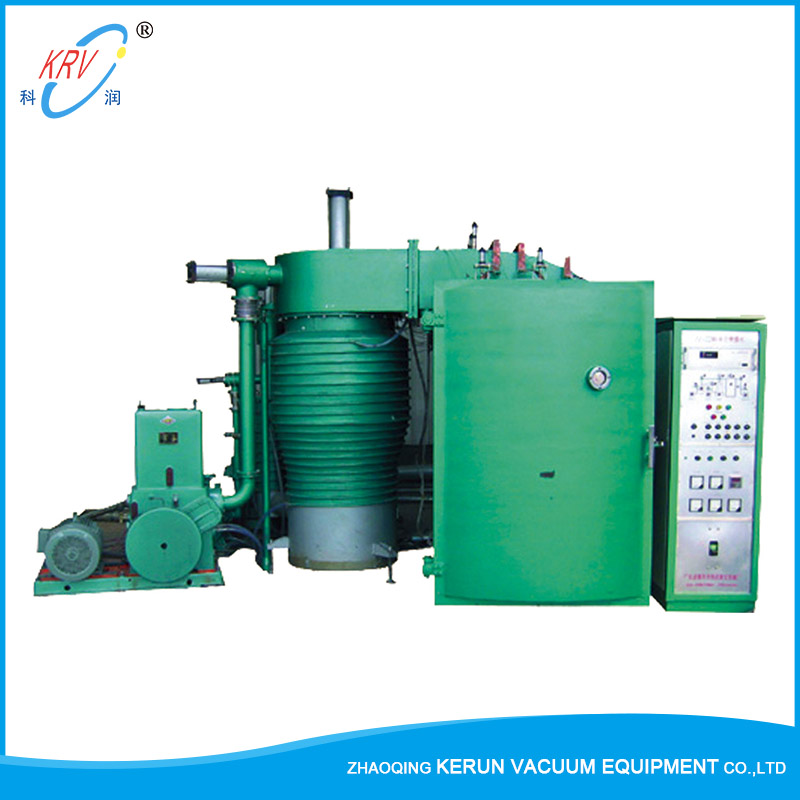 English
English-
 English
English -
 Español
Español -
 Português
Português -
 русский
русский -
 Français
Français -
 日本語
日本語 -
 Deutsch
Deutsch -
 tiếng Việt
tiếng Việt -
 Italiano
Italiano -
 Nederlands
Nederlands -
 ภาษาไทย
ภาษาไทย -
 Polski
Polski -
 한국어
한국어 -
 Svenska
Svenska -
 magyar
magyar -
 Malay
Malay -
 বাংলা ভাষার
বাংলা ভাষার -
 Dansk
Dansk -
 Suomi
Suomi -
 हिन्दी
हिन्दी -
 Pilipino
Pilipino -
 Türkçe
Türkçe -
 Gaeilge
Gaeilge -
 العربية
العربية -
 Indonesia
Indonesia -
 Norsk
Norsk -
 تمل
تمل -
 český
český -
 ελληνικά
ελληνικά -
 український
український -
 Javanese
Javanese -
 فارسی
فارسی -
 தமிழ்
தமிழ் -
 తెలుగు
తెలుగు -
 नेपाली
नेपाली -
 Burmese
Burmese -
 български
български -
 ລາວ
ລາວ -
 Latine
Latine -
 Қазақша
Қазақша -
 Euskal
Euskal -
 Azərbaycan
Azərbaycan -
 Slovenský jazyk
Slovenský jazyk -
 Македонски
Македонски -
 Lietuvos
Lietuvos -
 Eesti Keel
Eesti Keel -
 Română
Română -
 Slovenski
Slovenski -
 मराठी
मराठी -
 Srpski језик
Srpski језик
What is the process of aluminum mirror coating?
2023-07-26
Aluminum mirror coating is a process used to create reflective surfaces on various substrates, such as glass, plastic, or metal, by depositing a thin layer of aluminum onto the surface. The coating is designed to reflect light and provide a mirrored appearance. Here's an overview of the typical process:
Cleaning the Substrate: The first step is to thoroughly clean the substrate to ensure a smooth and contaminant-free surface. Any dirt, oil, or debris must be removed as they can affect the adhesion and quality of the coating.
Vacuum Chamber: The substrate is placed inside a vacuum chamber, which is an airtight enclosure where the coating process takes place. The chamber is pumped down to create a vacuum, removing any remaining air and contaminants that might interfere with the coating process.
Thermal Evaporation: In the vacuum chamber, a small amount of high-purity aluminum is heated in a crucible or boat. As the aluminum heats up, it turns into a vapor due to sublimation (direct transition from solid to vapor without becoming liquid). This process is called thermal evaporation.
Deposition: The aluminum vapor condenses and deposits on the clean substrate's surface, forming a thin layer of aluminum. The thickness of the coating is carefully controlled to achieve the desired reflective properties.
Monitoring and Control: During the deposition process, the thickness of the aluminum layer is monitored using specialized instruments like quartz crystal monitors or optical interference techniques. These measurements help control the coating's thickness and uniformity.
Cooling and Sealing: Once the desired thickness is achieved, the substrate is allowed to cool down gradually. After cooling, the coated surface is often sealed with a protective layer to prevent oxidation and improve the durability of the mirror.
Testing and Quality Control: Coated mirrors undergo various tests to ensure their optical performance meets the required specifications. These tests include checks for reflectivity, uniformity, adhesion, and durability.
Cleaning the Substrate: The first step is to thoroughly clean the substrate to ensure a smooth and contaminant-free surface. Any dirt, oil, or debris must be removed as they can affect the adhesion and quality of the coating.
Vacuum Chamber: The substrate is placed inside a vacuum chamber, which is an airtight enclosure where the coating process takes place. The chamber is pumped down to create a vacuum, removing any remaining air and contaminants that might interfere with the coating process.
Thermal Evaporation: In the vacuum chamber, a small amount of high-purity aluminum is heated in a crucible or boat. As the aluminum heats up, it turns into a vapor due to sublimation (direct transition from solid to vapor without becoming liquid). This process is called thermal evaporation.
Deposition: The aluminum vapor condenses and deposits on the clean substrate's surface, forming a thin layer of aluminum. The thickness of the coating is carefully controlled to achieve the desired reflective properties.
Monitoring and Control: During the deposition process, the thickness of the aluminum layer is monitored using specialized instruments like quartz crystal monitors or optical interference techniques. These measurements help control the coating's thickness and uniformity.
Cooling and Sealing: Once the desired thickness is achieved, the substrate is allowed to cool down gradually. After cooling, the coated surface is often sealed with a protective layer to prevent oxidation and improve the durability of the mirror.
Testing and Quality Control: Coated mirrors undergo various tests to ensure their optical performance meets the required specifications. These tests include checks for reflectivity, uniformity, adhesion, and durability.
It's worth noting that there are other methods of depositing aluminum coatings, such as sputtering and electron beam evaporation, which may be used in specialized industrial settings. Additionally, some mirrors may have additional layers, such as dielectric coatings, to enhance their reflective properties for specific wavelengths or applications.
X
We use cookies to offer you a better browsing experience, analyze site traffic and personalize content. By using this site, you agree to our use of cookies.
Privacy Policy





